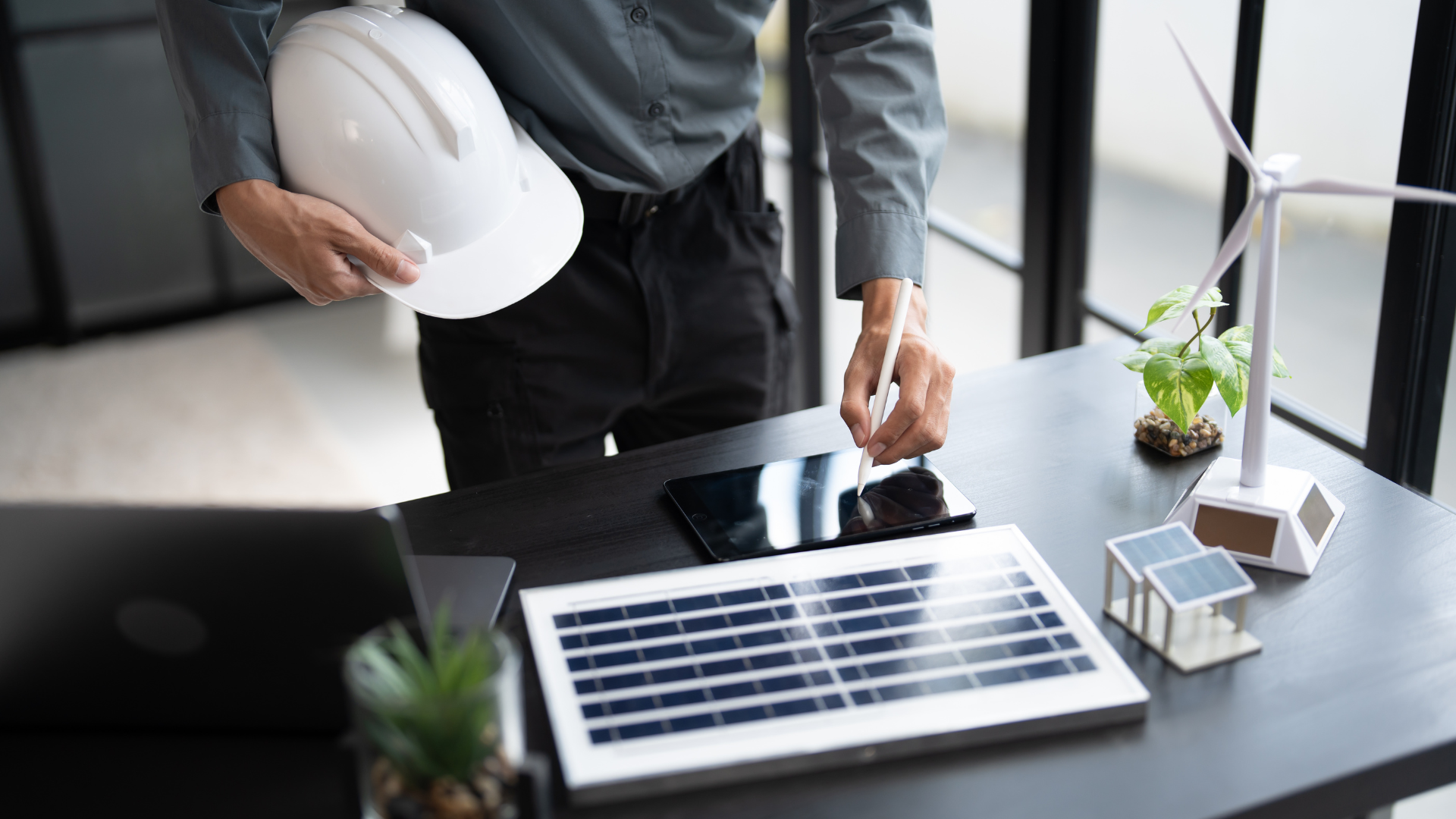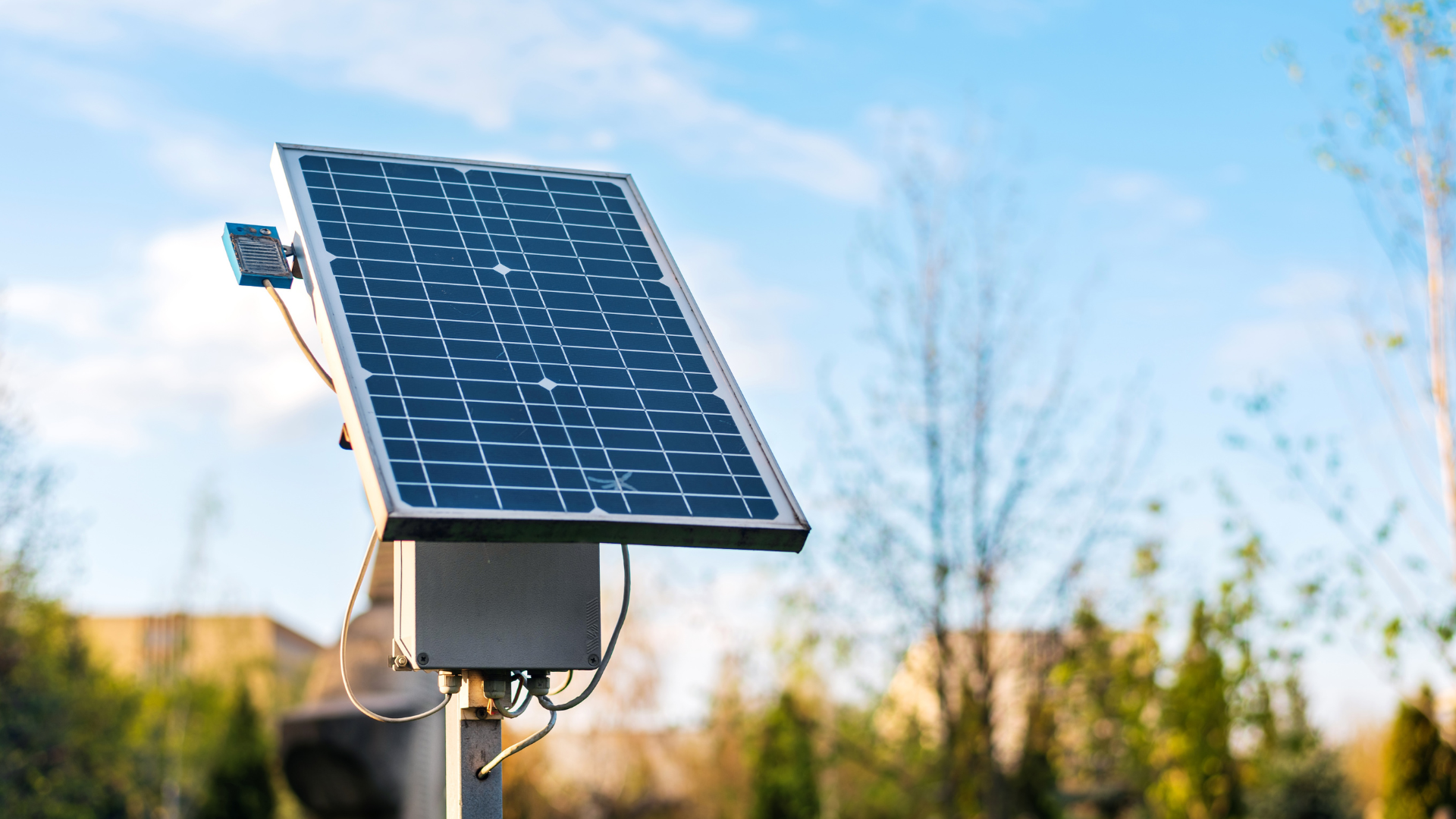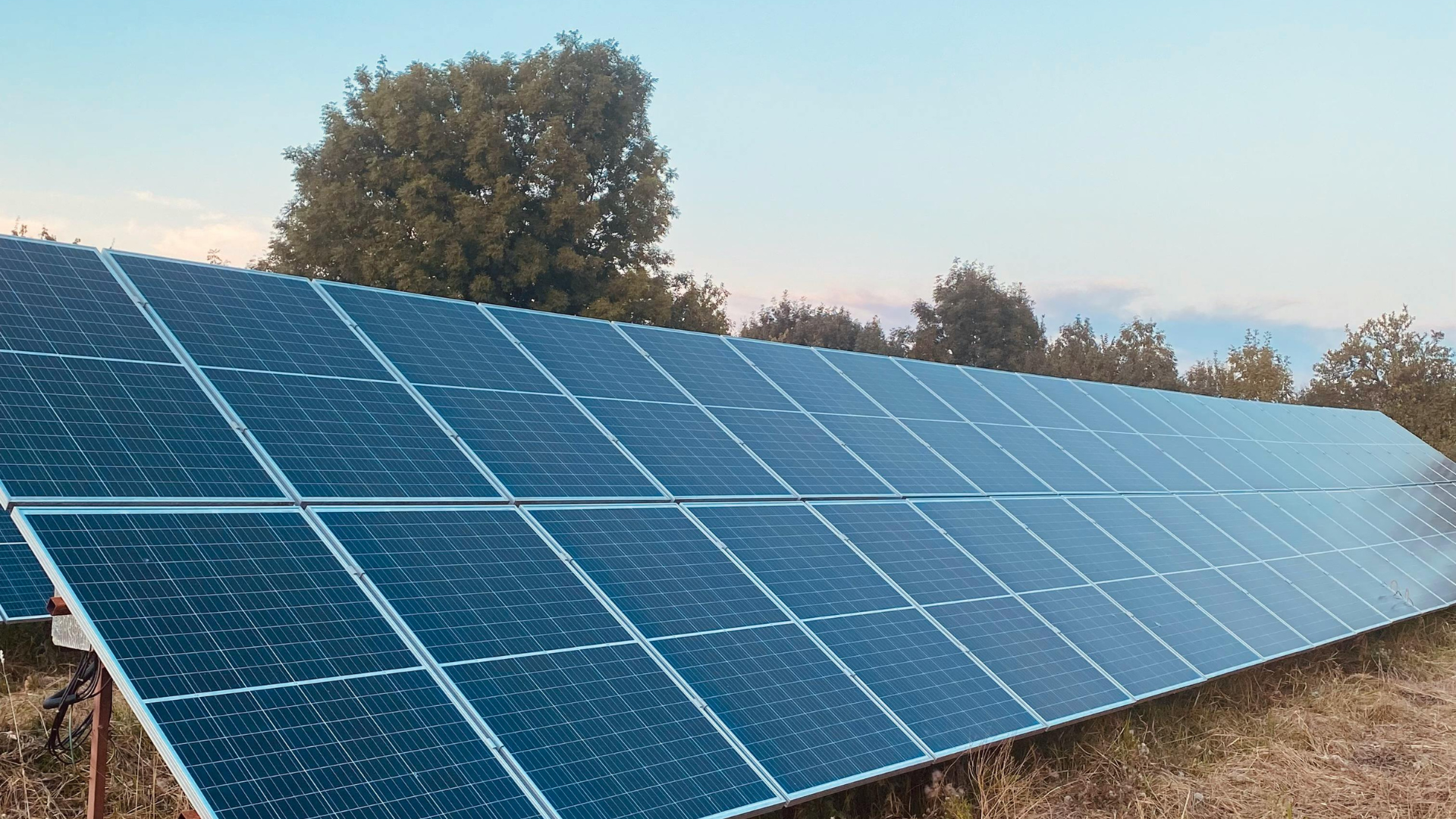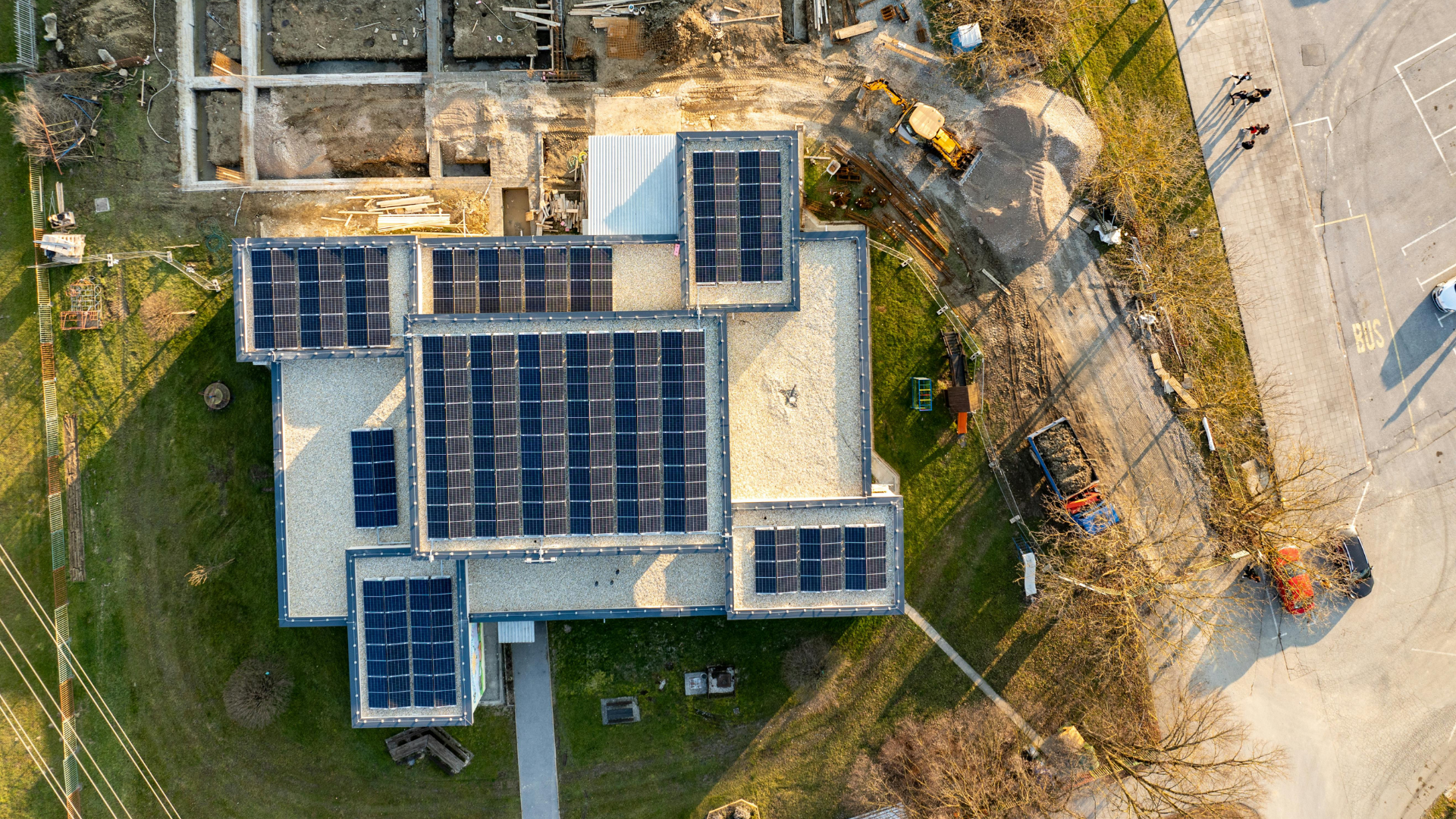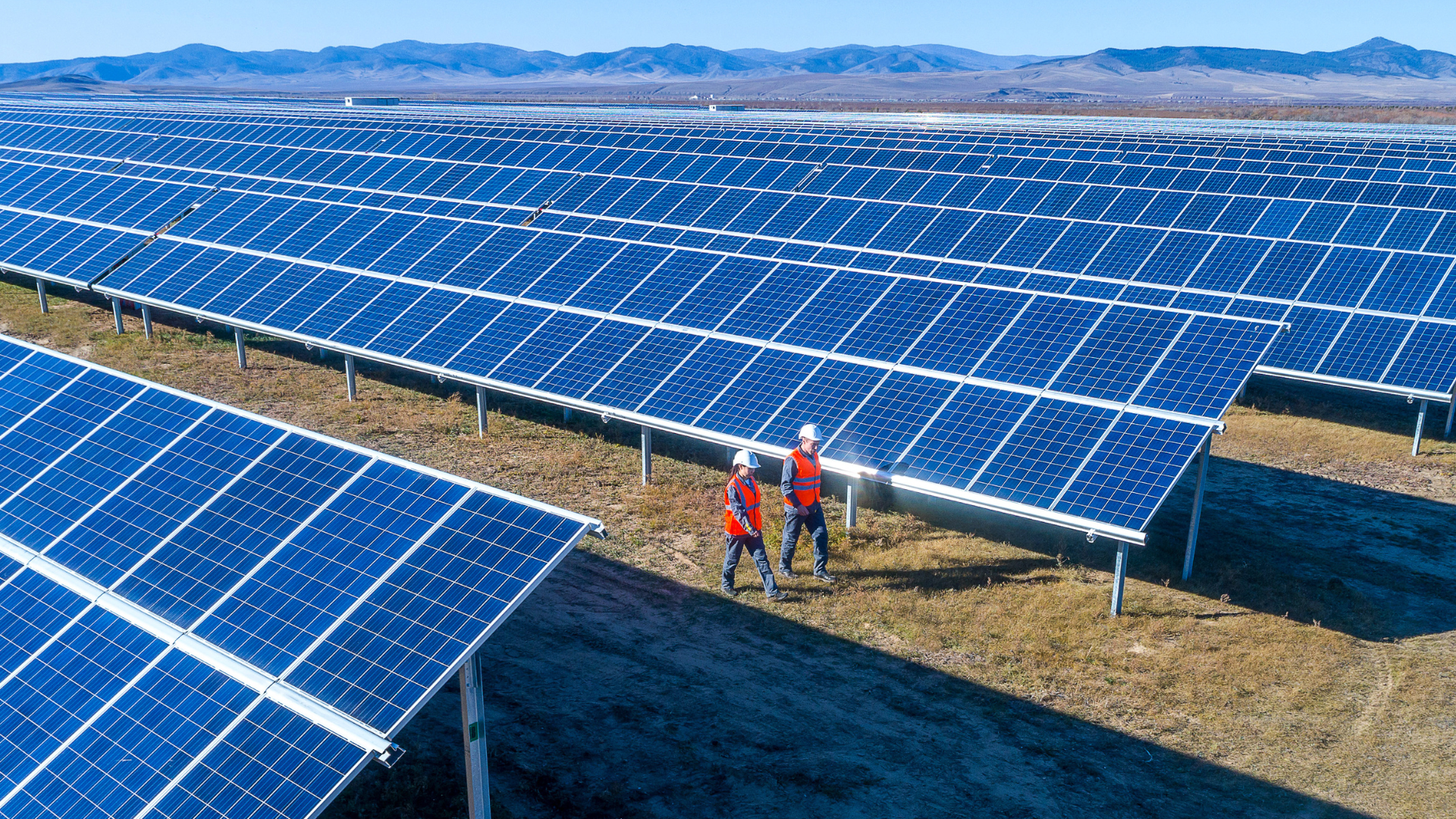June 15, 2023
When it comes to investing in solar energy, many people lag behind because of the uncertainty surrounding the process. However, a solar site survey is an essential first step that can help guide you toward the right decision for your needs and budget.
With this post, we’ll show you how to identify potential sites for optimal placement of your solar system and some other factors to consider when undertaking a successful survey. Get ready to dive deep into the science behind making sure your new system gives you maximum efficiency!
What is a Solar Site Survey?
A Solar Site Survey is a process that is conducted to determine the feasibility of installing a solar energy system. The survey involves a thorough analysis of the site where the solar panels will be installed, including the roof or the ground surface.
Site conditions such as shading, orientation, and available space are evaluated to determine the optimal location for the solar panels. The survey also considers factors such as sun exposure, weather patterns, and local regulations to assess the potential energy production and overall cost-effectiveness of the solar array installation.
By conducting a Solar Site Survey, homeowners and businesses can make informed decisions about installing solar panels and reap the benefits of cost savings, energy independence, and environmental sustainability.
Purpose of a site survey
A solar site survey is a crucial step in creating a successful solar energy system. This process involves assessing the location and evaluating the surrounding environment. The purpose of a site survey is to determine the feasibility and efficiency of installing a solar energy system in a specific location.
The survey helps to identify any potential obstacles that could affect the performance of the solar panels, such as shading or obstructions. Additionally, it aids in determining the optimal placement of the panels to maximize energy production.
Ultimately, the solar site survey is instrumental in ensuring that the solar energy system is designed and installed in a way that maximizes efficiency and generates the greatest return on investment.
Types of solar site surveys
There are typically two types of solar site surveys:
Preliminary Site Assessment:
This is an initial survey that assesses the suitability of a site for solar installation. During this survey, the solar energy professional evaluates the general characteristics of the site, including topography, orientation, shading, and potential obstructions.
The preliminary site assessment provides an initial estimate of the solar potential of the site and determines whether further assessment is required.
Detailed Site Assessment:
This is a more thorough survey that is conducted after the preliminary site assessment. During this survey, the solar energy professional analyzes the specific details of the site to determine the optimal location, size, and type of solar energy system.
This includes analyzing the solar resource, evaluating the electrical infrastructure, assessing the environmental impact, and evaluating the economic viability of the project. The detailed site assessment provides the technical specifications and feasibility analysis necessary for the design and installation of the solar energy system.
Factors considered during a solar site survey
During a solar site survey, several factors are considered to determine the suitability of a location for solar energy installation. Some of the most important factors include:
Solar Resource:
The amount and quality of solar radiation that a site receives is a critical factor that determines the potential energy output. Factors such as shading, tilt, orientation, and geographic location are analyzed to determine the amount of sunlight that a location receives.
Site Characteristics:
The characteristics of the site, including topography, soil stability, and any potential obstructions, must be taken into account when assessing the feasibility of solar installation.
Electrical Infrastructure:
The condition and capacity of the electrical infrastructure in the area must be analyzed to ensure that the solar energy produced can be efficiently and safely transmitted to the grid.
Regulatory Requirements:
Local regulations, zoning laws, and permitting requirements must be taken into consideration to ensure that solar installation complies with local regulations.
Environmental Impact:
The potential environmental impact of the solar installation, including impacts on wildlife, vegetation, and soil erosion, must be considered.
Economic Considerations:
The cost of installation, financing options, and available incentives must be analyzed to determine the economic viability of the solar project.
Importance of a thorough solar site survey to maximize solar energy efficiency
One of the most critical steps in the process of installing a solar energy system is conducting a thorough solar site survey. This survey provides important information that allows for the optimization of the solar panel layout and helps ensure maximum energy efficiency.
The survey will take into account various factors such as shading, the angle of the sun, and the orientation of the roof. By conducting a detailed survey, you can avoid potential issues and guarantee that your solar energy system is producing as much power as possible.
A well-informed and comprehensive survey will set the foundation for a successful and sustainable solar energy project.
Example of how a thorough survey improved solar energy output
A recent survey of a solar farm in California found that panels with a slight angle were producing significantly less energy than those at the correct angle. For businesses, the needs vary widely, depending on their electrical system and loads.
By adjusting the angle of these panels, the farm was able to increase energy output by a whopping 11 percent. This is just one example of how data-driven surveys can make a real impact on the efficacy of solar energy.
What Happens During a Solar Site Survey?
During a site survey, a team of experts will assess the site's landscape, climate, roof area, and potential shading factors. They will also determine the solar panel's angle and orientation, necessary for maximum energy production.
By conducting a residential solar site survey, you'll have a better understanding of the financial and environmental benefits of solar energy. This thorough process will help increase the efficiency of your solar power system, reduce your energy bills, and decrease your carbon footprint.
In conclusion, a solar site survey is an essential step in the solar panel installation process, and it's worth investing time and money to ensure you receive optimal benefits.
Overview of the process of a solar site survey
The process typically begins with a preliminary inspection of the roof or land to evaluate its size, angle, shading, and orientation. During a site survey, the potential area is measured on the roof or the ground, and on this basis, the solar PV system is designed.
Additionally, a surveyor takes into account the local climate and weather patterns, as well as the electrical and utility infrastructure of the area. The surveyor also assesses the property's energy usage and evaluates the best solar panel system size, ideal solar PV array, and type that would meet the energy demands of the property.
This comprehensive approach ensures that your solar panel system meets your needs and maximizes your investment for years to come.
Explanation of the tools solar system used during a solar site survey
Solar site survey process can be an important step in the of installation a solar system, as it helps to identify potential obstacles that could impact the system's performance. During a site survey, various tools are used to gather data on factors such as solar insolation, shading, and roof pitch.
One of the most commonly used tools is a solar pathfinder, which allows surveyors to model the sun's path over a specific location and identify potential shading issues. Other tools used may include a digital camera and drone for aerial imaging, a compass for determining direction, and a solar meter for measuring solar radiation.
By using these tools, solar installers can ensure that the solar system is placed in the optimal location to generate as much energy as possible, helping to reduce energy costs and increase sustainability.
Identifying the Ideal Location for Solar Panels
When it comes to installing solar panels, finding the right location is key. Not only does it affect how much energy your panels can produce, but it can ultimately determine how much money you can save on your energy bills.
Ideally, a location with plenty of sunlight and clear skies is the best place to install solar panels. However, other factors such as the orientation and roof pitch of your home can also play a big role.
It's important to do your research and consult with professional solar contractors to determine the ideal location for your solar panels to ensure maximum output and savings.
Measuring Sunlight Hours, Angle, and Direction at Your Location
As we become increasingly aware of the impact of our daily lives on the environment, taking measures to understand and reduce our carbon footprint has become more important than ever.
For those of us with an interest in sustainability, one important step is measuring the sunlight hours, angle, and direction at our location.
By gaining a deeper understanding of these factors, we can make informed decisions about things like where to plant a garden or how to position solar panels. Plus, what's more, rewarding than knowing that you're taking steps to harness the power of the sun and reduce your impact on the planet?
So, whether you're simply curious or looking to take concrete action, measuring the sunlight hours, angle, and direction at your location is a great place to start.
The advancement of technology has led to the development of solar design software that calculates the optimal placement of solar panels on your roof. Sunbase Solar design software is an example of such software. It considers factors like the angle, direction, and sunlight hours of your roof to aid in planning your solar installation. To get the most out of your solar system, it's recommended to choose a solar installer who utilizes this kind of software.
Recap of the process to Maximize Solar Energy Efficiency through Thorough Site Surveys
A solar site survey is a crucial process in order to ensure the maximal efficiency of your solar energy. It's important that you understand all of the different types and factors of a solar site survey, so you can ensure the best return on your investment.
Properly preparing the roof or land and installing the appropriate type of mounting system are two key steps in ensuring this process is done properly. By measuring the amount of sunlight hours, angles, and direction at your location, you can better determine which type of equipment works best.
To conclude, understanding what a solar site survey is and embracing every part of it is essential for anyone wanting to get the most out of their decision to embark on a renewable energy journey with solar power. Solar energy has so much potential—let's start making use of it properly!
I agree to receive marketing messaging from Sunbase at the phone number provided above. I understand data rates will apply, and can reply STOP to OPT OUT.

